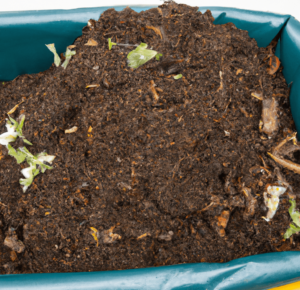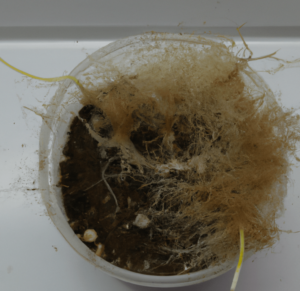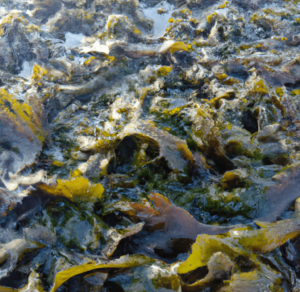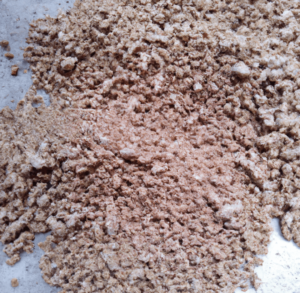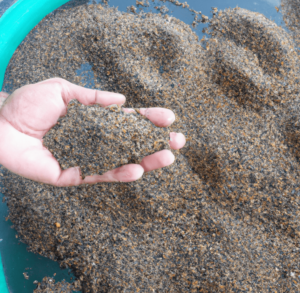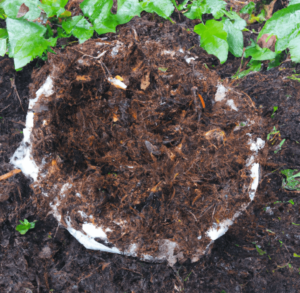Food scraps and yard waste can be composted to create a rich, nutrient-rich soil amendment that is ideal for growing plants, flowers, and vegetables in an economical and environmentally responsible manner. Learning how to create your own compost and use it as fertilizer is an easy and satisfying experience, regardless of whether you are a home gardener or a small company owner. Here’s our gardening guide on this product!
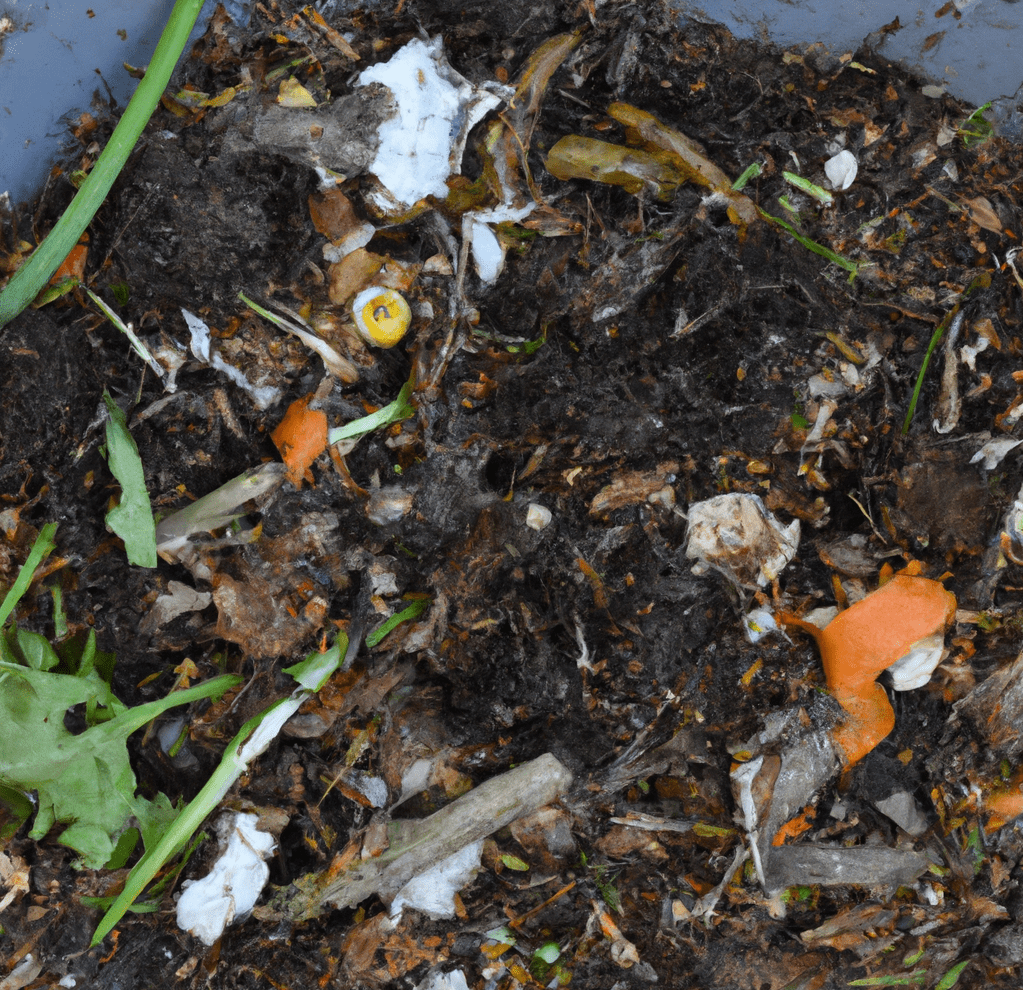
Creating Your Own Compost
Composting is the process of decomposing organic materials into nutrient-rich soil that can be used as a plant fertilizer, such as kitchen scraps and yard waste. Although this process naturally takes place over time, you can hasten it and have rich compost available for use in your garden by building your own compost bin or pile.
If you want to learn how to create your own compost and use it as fertilizer, gather kitchen trash, such as vegetable and fruit peels, coffee grounds, and eggshells, as well as yard waste, such as fallen leaves, twigs, and short branches from trimming. Your compost pile will break down more quickly if you alternate layers of “brown” materials, like wood chips and fallen leaves, and “green” ones, such as food scraps and grass clippings.
Choosing a Location for Your Compost Pile
There are so many benefits of using organic fertilizers like compost but before you learn how to create your own compost and use it as fertilizer, you need to choose the right spot. Keep these tips in mind:
- Access to sunshine is necessary for compost piles to properly decompose. Choose a site where the compost pile receives some daytime direct sunlight, but not too much that it becomes too hot.
- Drainage: To prevent your compost pile from becoming soggy, it’s crucial to pick a place with sufficient drainage.
- Accessibility is important since it allows you to routinely add materials and turn the compost pile.
- Privacy: If aesthetics are important to you, pick a spot that is hidden from view from the street or your neighbors.
You may find the ideal site for your compost pile that will enable it to flourish and generate top-notch compost for your garden by taking these variables into account.
Choosing the Right Materials to Add to Your Compost Pile
Now that you’re learning how to create your own compost and use it as fertilizer, you’ll need some materials. Finding the ideal ratio of carbon- and nitrogen-rich “green” and “brown” materials is essential for efficient composting.
- Brown debris like twigs, short branches from trimming, and fallen leaves give the carbon that composting organisms require to grow.
- Green elements, such as grass clippings from outside and kitchen waste, give nitrogen, which aids in hastening the breakdown process.
- Coffee grinds are a fantastic source of nitrogen and carbon for your compost pile.
Additionally, it’s crucial to keep in mind what not to add to your compost pile.
- Meat, dairy, and pet waste are examples of things that might draw bugs and produce unpleasant aromas.
- Large sticks and branches should also be avoided because they might be difficult to turn and take a long time to decompose.
Maintaining the Proper Balance of Materials in Your Compost Pile
When you’re learning how to create your own compost and use it as fertilizer, you need to have the right ratio of brown to green materials:
- Brown materials: Brown items should be layered at the bottom of your compost pile to start it off. Examples of such materials are leaves and straws. This will build the base of your compost pile and supply the carbon required for decomposition.
- Add green materials: After you’ve laid down a layer of brown items, start adding green things, such as coffee grounds and leftover fruit and vegetables, on top. The nitrogen required for breakdown will be offered by green materials.
- Avoid adding weeds: Some weed seeds can survive the composting process and germinate into new weeds in your garden. As a result, avoid adding weeds to your compost pile.
- Maintain moisture levels: It’s critical to keep your compost pile moist to aid in decomposition. To keep the compost pile damp but not soggy, you can add water as needed.
- Turn the pile frequently: By frequently turning your compost pile, you can aerate the ingredients and speed up decomposition. You can mix the ingredients in your compost pile using a shovel or turn it with a compost aerator.
You can produce high-quality compost that will give rich, nutrient-filled fertilizer for your soil and plants by maintaining the appropriate balance of materials in your compost pile and keeping it moist and well-aerated.
Turning and Aerating Your Compost Pile
An essential stage in the composting process after learning how to create your own compost and use it as fertilizer is turning and aerating your compost pile. The components are mixed and oxygen, which is necessary for the decomposition process, is added:
- Use a garden fork to turn your compost pile, gently mixing the components and redistributing any extra moisture.
- Keep an eye on the moisture content of your pile because too much or too little moisture might hinder decomposition.
- By spraying the pile with a hose or by adding kitchen leftovers containing a lot of water, like fruits and vegetables, you can increase moisture.
- To make sure that the compost pile has the proper balance of carbon and nitrogen, it’s also crucial to add a mixture of “brown” items, like wood chips and fallen leaves, and “green” resources, like food scraps and lawn clippings.
Troubleshooting Common Issues
When you’re learning about how to make your own compost and use it as fertilizer, you may come across the following issues but we’ve got instructions on how to solve them:
- Slow decomposition: If your compost pile is not decomposing as quickly as you would want, it may be because of a lack of moisture, an imbalance in the mix of the materials, or insufficient airflow. To fix this problem, make sure you are adding a mixture of brown and green materials, more water as necessary, and turn your compost pile frequently to aerate it.
- Bad scents: A lack of airflow or an imbalance in the ingredients may be to blame for your compost pile’s offensive aromas. Turn your compost pile frequently to aerate it and make sure you are adding a mixture of brown and green items to address this problem.
- Pests: If you add food waste to your compost pile, pests such as rats and insects may get attracted to it. Bury food trash in the middle of the pile, where it will decay more quickly and be out of reach of pests, to keep them away.
- Too much moisture: A compost pile with too much moisture may begin to smell terrible and disintegrate more slowly. Add more brown materials, such as leaves and straw, to the pile to absorb the extra moisture, and flip it frequently to aerate it as a solution to this problem.
- Lack of nutrients: Your compost pile may not be producing the high-quality compost your garden requires if it is deficient in nutrients. Make sure you are adding a range of organic materials, such as food scraps and yard trash, or learn about the role of mulch in fertilizing your garden.
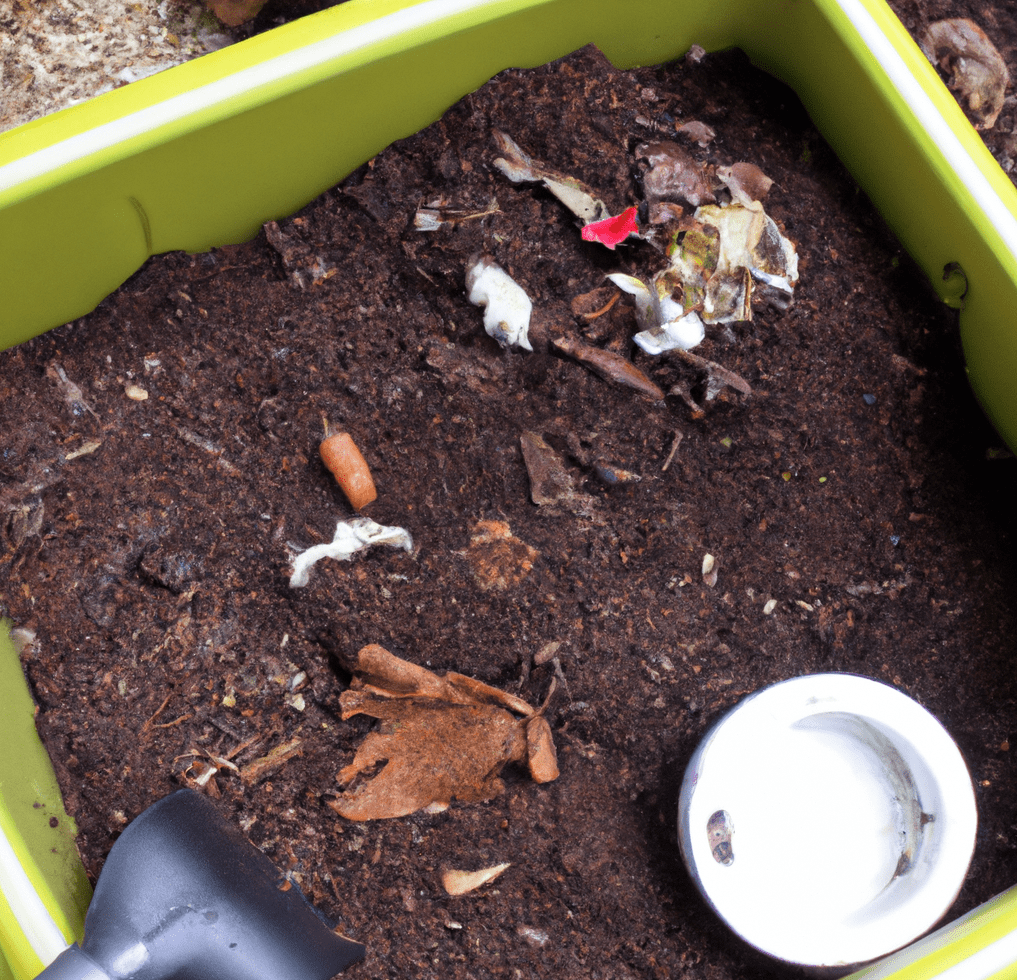
Using Your Compost As Fertilizer
Now that you know how to create your own compost and use it as fertilizer, your compost pile should have changed into a dark, crumbly substance that is rich in organic matter and crucial nutrients for your plants after several months of decomposition:
- Simply sprinkle a thin layer of compost on top of the soil in your garden to utilize it as fertilizer. Additionally, you can incorporate it several inches down into the soil.
- Since compost is mild and releases nutrients gradually for your plants, it is preferable to use it as a soil amendment as opposed to a direct fertilizer.
Composting in your garden can enhance soil fertility and structure, encourage strong plant development, and lessen the need for synthetic fertilizers. Additionally, by utilizing organic material from your kitchen and yard, you’re lowering waste and promoting the development of a garden that is more environmentally friendly and sustainable.
How to Use Compost in Your Garden
After learning about how to create your own compost and use it as fertilizer, you can do the following:
- Apply compost to plants’ bases: If you already have plants in your garden, all you need to do is apply a layer of compost to their bases. As a result, your soil will be healthier overall and the plants will have a slow-release source of nutrients.
- Before planting, mix compost into the soil: If you are getting ready for a new location for planting, mix compost into the soil. By doing this, you can help the soil’s fertility and structure improve, which will make it easier for your plants to flourish.
- Compost can also be used as mulch, which helps to control soil temperature and preserve moisture: Just cover the base of your plants with a layer of compost, leaving some space between the compost and the stems.
- Get rid of grass clippings: You may also add grass clippings to your compost pile to boost its organic content and nitrogen levels. Avoid using grass clippings that have been chemically treated when using them as compost because they could harm plants.
Remember, composting can generate heat, which can destroy helpful bacteria and reduce the effectiveness of the compost. Make sure you routinely stir your compost pile to keep it aerated and healthy to avoid this.
How to Use Compost on Your Lawn
After learning how to create your own compost and use it as fertilizer, you may give the soil vital nutrients and organic matter by introducing compost into your lawn care regimen, which will result in greener and healthier grass.
Simply apply a thin layer of compost over the soil in your lawn, being careful to avoid clumps or hefty mounds that can harm the grass. Also, you can incorporate the compost several inches down into the soil.
Compost that has completely broken down is ideal for optimal outcomes since it will help your lawn the most. Composting can enhance your lawn care routine by enhancing soil fertility and structure, promoting strong root growth, and lowering the need for chemical fertilizers.
How to Use Compost in Potted Plants
Composting can be used to enhance the soil in potted plants, whether they are in your kitchen, living room, or patio, in addition to outdoor gardening. If you’ve just learned how to create your own compost and use it as fertilizer:
- Mix it into the soil: when planting newly potted plants, mix compost into the potting soil before putting the plants in the ground to make them more fertile.
- Compost top dressing for potted plants: If you already have potted plants, you can simply add compost on top of the soil. As a result, the soil will become healthier overall and the plants will have a slow-release source of nutrients.
- Compost food scraps: You can utilize kitchen waste, such as vegetable and fruit peels, as potting soil for your indoor plants. Simply scatter the leftover food on top of the ground and bury it there, or incorporate it into the soil.
- Use wood shavings as compost: Sawdust or wood chips can be used as compost when adding to potted plants. This gives the soil a slow-release source of carbon, which is necessary for strong plant growth.
How to Use Compost in Indoor Plants
Using compost can assist to encourage healthy development and improve the beauty of your plants, whether you’re growing herbs, succulents, or houseplants. After learning how to create your own compost and use it as fertilizer, simply incorporate a tiny amount of compost into the soil of indoor plants, being careful not to over-fertilize. You can add a light topdressing of compost to the soil, being careful to avoid creating large clumps or mounds that might trample the roots.
How to Use Compost in Your Vegetable Garden
A healthy and successful vegetable garden needs compost as a key component. After you’ve learned about how to create your own compost and use it as fertilizer, spread a light layer of compost on top of the soil in your vegetable garden, being careful not to over-fertilize. Additionally, you can incorporate the compost several inches down into the soil.
Compost that has fully decomposed is ideal because it will help your plants the most. Composting can help your garden soil become more fertile, enhance soil structure, encourage strong root growth, and lessen the need for chemical fertilizers. By preventing weed development and weed seed germination, compost can also aid in weed control in vegetable gardens. Compost can also aid in the soil’s ability to retain moisture, which minimizes the need for irrigation in your vegetable garden.
Tips and Tricks
Learning all about how to create your own compost and use it as fertilizer? Here are our tips and tricks:
- Make careful to add a balance of nitrogen-rich items (such as food scraps and coffee grounds) and carbon-rich materials to the compost to speed up the composting process (such as leaves and sawdust). This will give the microbes the ideal ratio of nutrients they need to survive and break down the organic materials more quickly.
- Even in the winter, composting is still possible, however it can take longer for the compost to break down. Use a compost bin with a lid to retain heat to hasten the process. Also, flip the compost pile frequently to keep it aerated.
- Composting in a tiny space is still possible if you have a little outdoor area. You can use a small compost tumbler or bin. These containers can be kept on a balcony, patio, or even in your kitchen because they are made to be small and simple to use.
- If you don’t have access to an outdoor place because you live in an apartment, you can still compost by utilizing a worm compost bin. Food scraps and other organic materials are broken down by worms in this little container to create compost, which can then be used to nourish indoor potted plants.
Bottom Line: How to Create Your Own Compost and Use It As Fertilizer
Composting is a quick and efficient technique to transform trash and yard waste into beneficial fertilizer for your indoor plants, lawn, and garden. By learning how to create your own compost and use it as fertilizer, you can eliminate trash, save money on fertilizer, and provide your soil with vital nutrients and organic matter by making your own compost. Using home and garden trash, such as food scraps, wood chips, and yard waste, you can perform the straightforward process of composting in your own backyard.
FAQs on How to Create Your Own Compost and Use it As Fertilizer
How does composting work?
Composting is the process of breaking down organic waste, such as kitchen leftovers and yard trimmings, into nutrient-rich soil that may be utilized as plant fertilizer.
What advantages does composting offer?
A rich, nutrient-rich soil amendment produced by composting is great for ecologically friendly and cost-effectively producing plants, flowers, and vegetables.
What kinds of materials can be composted?
Kitchen waste, such as vegetable and fruit peels, coffee grounds, and eggshells, as well as yard debris, such as twigs, fallen leaves, and short branches from trimming, are all acceptable components for composting.
What substances are used in composting as “green” and “brown” materials?
“Brown” materials like wood chips and discarded leaves give composting organisms the carbon they need to develop. Nitrogen is added by “green” elements like grass clippings and food wastes to speed up the breakdown process.
What should be avoided when composting?
Because they could draw pests and give off unpleasant scents, meat, dairy, and pet waste shouldn’t be placed in the compost pile. Also to be avoided are large sticks and branches, which can be difficult to turn and take a very long time to disintegrate.
Why is turning and aerating crucial in the composting process?
The compost pile needs to be turned and aerated since doing so evenly distributes the ingredients and adds oxygen, both of which are necessary for decomposition. Additionally, it ensures that the pile stays moist for effective decomposition and maintains the right mix of carbon and nitrogen.


